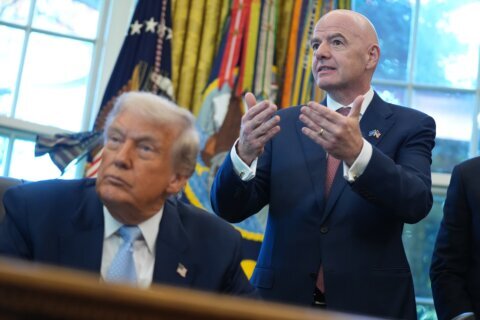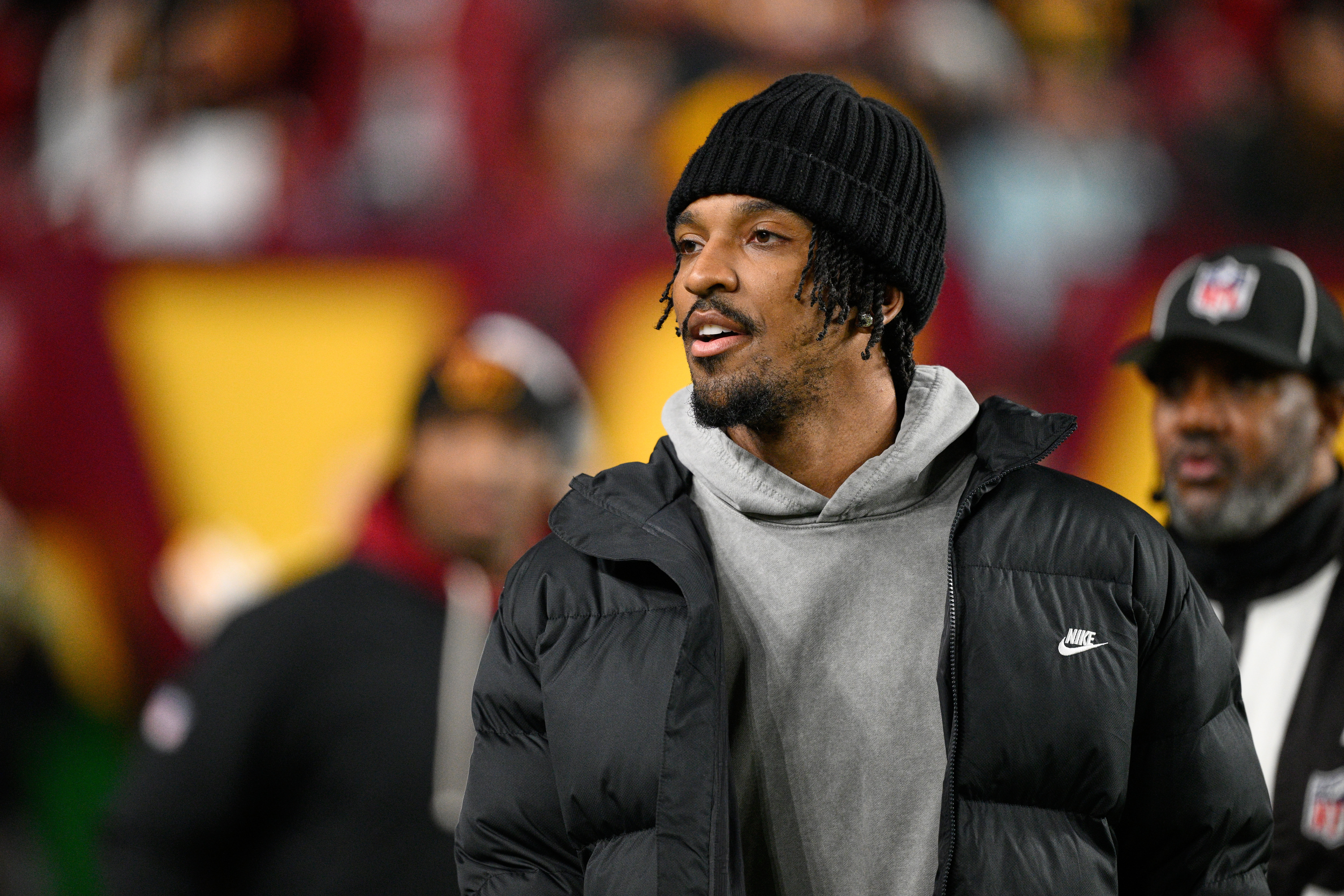By Steve Winter and Kenny Fried, special to wtop.com
It really doesn’t seem so long ago when companies starting in business had two primary options when it came to raising money – venture capitalists and loans from family and friends.
The past few decades have brought about the rise of angel investing and hundreds of startup Shark Tank cloned competitions in cities across the world, where backers with resources listen to pitches from entrepreneurs before determining which companies – if any – are worthy investments.
Of course, with each aforementioned scenario came a catch – the investor always wants something in return … usually a piece of the business or a percentage of sales … leaving the innovator with a great idea but often less than 100 percent ownership in his or her company.
And then along came crowdfunding.
Led by the Kickstarter, essentially the granddaddy of the industry dating back to 2009, startups turned to their audiences — potential customers, first-adopters and individuals with a specialized interest in a particular field or genre – for funding.
And unlike traditional forms of capitalization, the payout was usually the opportunity for the donor to ultimately purchase or obtain the final product, albeit at a discounted price or with value-added benefits.
Over the past six years, crowdfunding success stories are many. With Occulus clearly claiming the current consumer tech spotlight, hundreds of thousands of startups have benefitted significantly, Kickstarter alone has funded more than a quarter million creative projects to the tune of nearly $2 billion, many of which have flourished to tell their own success stories.
Here at CES, and particularly so at the Eureka Park Marketplace, Kickstarter truly is king; after all, of the 478 Eureka Park exhibitors, roughly half, are using Kickstarter to fund their projects.
But as we all know, Kickstarter doesn’t succeed in a vacuum. Companies looking to raise capital must first create buzz; and product exposure – typically in the form of publicity – is what helps to generate that buzz.
And THAT is where Kickstarter and CES combine to form the marriage made in technology heaven.
“Kickstarter is working quite well for us,” said Antoine Auberton, President of Enlaps, a French startup that has created an innovative time-lapse photography product. “Right now, we are in middle of our campaign. With two week left, we have already reached 75 percent of our goal — 110,000 € out of 150,000 — which is really good.
“But the key here at CES is publicity, because it’s the coverage from the press that comes from all over the world that helps to fuel more support.”
For Australian start-up Brydge, which makes Bluetooth wireless keyboards for the full range of iPad products, Kickstarter was largely responsible for the company’s initial success.
“We had a legacy Kickstarter campaign back in 2012 that generated nearly $800,000 in revenues and funded our entire product line for the iPad 1, 2 and 3,” said company president Nicholas Smith.
Crowdfunding was incredibly unique for Smith’s business, he said. “Cash flow is the most important thing, and what Kickstarter allows us to do is get that initial funding to be able to launch production. If you get your numbers right you can fund additional production and grow from there, which is what we’ve been able to do.
“For us though, the best thing has been the pre-orders. We are presently in the midst of a 12-week campaign that will help us generate even more revenues which will fuel even further production.”
For San Diego based Trackr, an app-based product that locates lost items around the house or around the world, Indiegogo was that company’s source of choice.
“For us, it was fantastic, not only to get our product launched and our idea out there but just as importantly to generate direct feedback from our supporters and get new ideas of how to make the product better,” said company president Chris Herbert.
“As we all know, there are a lot of early adopters out there who want to try out the latest and greatest and most of the people who support products like ours fall into that category,” Herbert said. “What’s great is that these people really care about technology and – as a result – care about individual products. They tell us what to change and how to improve, and this back and forth allows us to make a better overall product.”
The underlying key to all this success, however, is media coverage. Each year, more than 6,000 journalists, editors, analysts and bloggers attend CES, many in search of content with which to populate their outlets.
And while components, microchips and “the Intel Inside” make for great stories about future trends and innovation, it’s the gizmos and gadgets that capture journalists’ attention; and through media showcase events, news conferences and the aggressive efforts of an army of public relations firms, CES offers multiple opportunities for the savvy Eureka Park exhibitor to get his or her company name, concept and product “out there.”
And “out there” is exactly where it needs to be, if people are going to support it.
Thanks to companies like Kickstarter, Indiegogo and others, “out there” is precisely where those messages thrive.
Editors Note: Longtime CES attendees Steve Winter and Kenny Fried are contributing reports from the show. In their day jobs, they are public relations professionals with Sage Communications. During CES they are not reporting on any of their clients’ products or those of direct competitors.
Editor’s note: The spelling of Nicholas Smith’s name has been changed.







